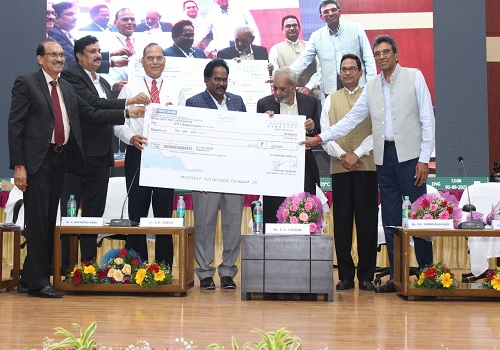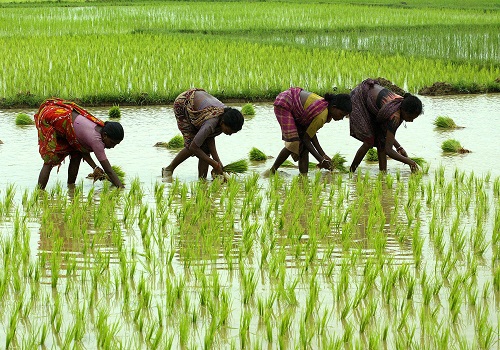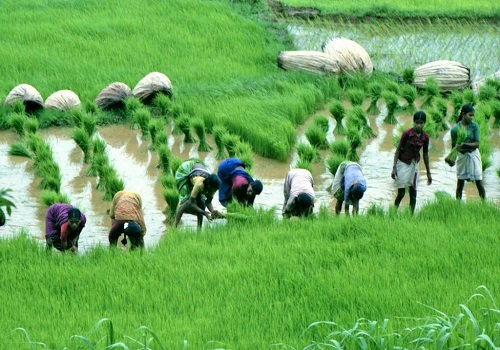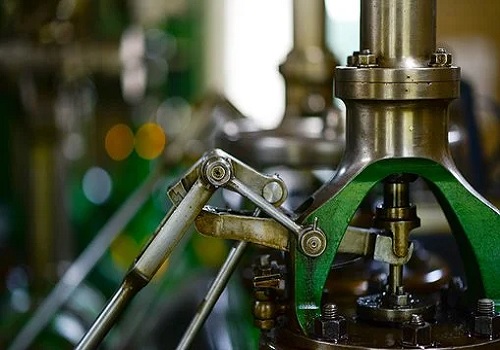Agriculture Sector Update : Technology gaining traction acceptance of nano-urea would take time By Anand Rathi Share and Stock Brokers
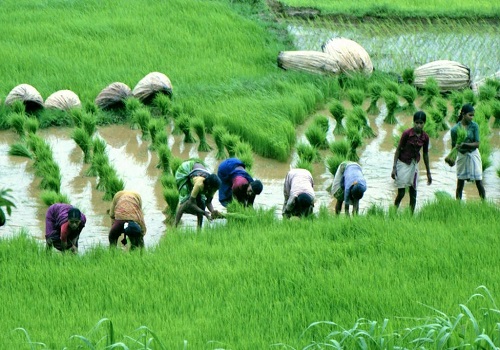
Follow us Now on Telegram ! Get daily 10 - 12 important updates on Business, Finance and Investment. Join our Telegram Channel
We hosted a virtual investor conference with a drone-tech expert, a COO of an organic farm, the AGM of the Maharashtra State Agricultural Marketing Board, a fertiliser expert in Bhopal, and an agrochemicals dealer for Sumitomo, Rallis India, PI Industries, Dhanuka Agritech and Bayer, etc. Key highlights of our interactions follow.
Organic farming. Market size: ~Rs70bn-80bn, 70% exported. The difference in prices of organic and normal produce is roughly 2-10x. The yield is also different. Generally, on an acre, a farmer produces 10 tons; in natural farming, only 1-2 tons. There is no major shift to organic farming and it can’t be expected on a large scale as skilled labour is short and yields are low. Per the expert, government schemes and subsidies support it in a small way.
Nano-urea. The use of nano-urea in a major manner is not economically viable as spraying costs are higher than conventional broadcasting of urea in fields. Hence, farmers have not accepted the use of nano-urea. A 500 ml bottle of nano urea costs ~Rs235-240; a 45kg conventional urea bag, ~Rs270. Nano urea is technical and a new product. Despite better yields than with conventional urea, farmers have not accepted nano-urea in a big way due to low awareness and education and until it is proven to be viable and cost effective. The government may announce some subsidy or benefits to increase consumption of nano-urea.
Drone technology. Of total drone use, 90-95% is for spraying, the rest are used for surveying. In the first year, there were ~700-800 drones used, and it is expected to be a Rs5bn industry in a few years. There are drone pilots and 60-70 drone
schools. Currently, drones are largely used for cash crops such as sugarcane and cotton than for field crops. Spraying by drones is better than that done in the traditional manner. The government is launching various initiatives to educate farmers regarding the benefits.
Agrochemicals growth. India is a huge market for pesticides, but some farmers’ still use traditional methods. Growth in herbicides is more than in other product categories of agrochemicals.
Government policies to support farmers. The government is working on re- forms and policies so farmers secure good prices for their produce. Direct marketing for farmers has also started in some areas. Earlier, farmers depended
on mandis and now are getting into markets directly. Also, the government has launched a new programme where there are auctions, etc. The Maharashtra APMC had launched the same programme 2-3 years back.
Rise in farmers awareness. There is a rise in farmers’ awareness in the last few years on using different and biological products, and more use of technology for larger yields. Also, farmers have started holding their produce to obtain better prices.
To Read Complete Report & Disclaimer Click Here
Please refer disclaimer at https://www.rathi.com/LeadGenerate/Static/disclaimer.aspx
SEBI Registration No.: INZ000170832
Above views are of the author and not of the website kindly read disclaimer










More News

Media Sector Update : 1QFY24 Preview Bottoming out By JM Financial Institutional Securities...

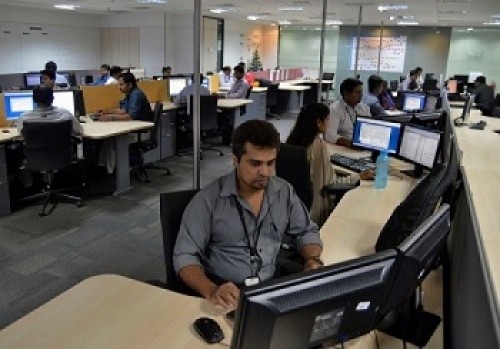
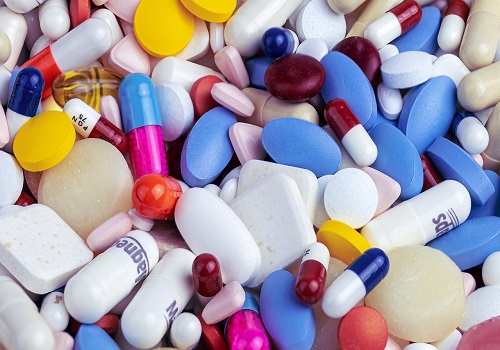


 320-x-100_uti_gold.jpg" alt="Advertisement">
320-x-100_uti_gold.jpg" alt="Advertisement">





